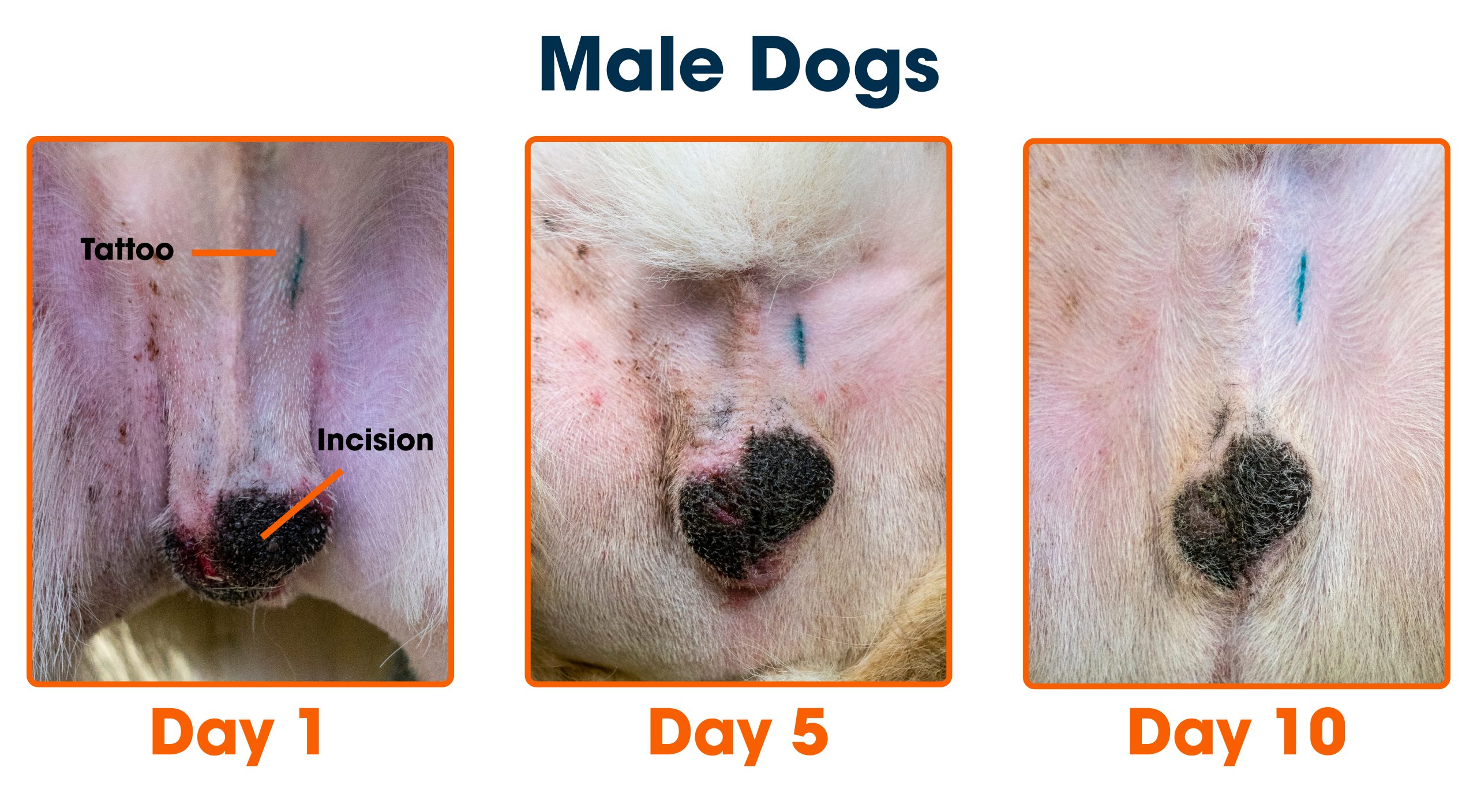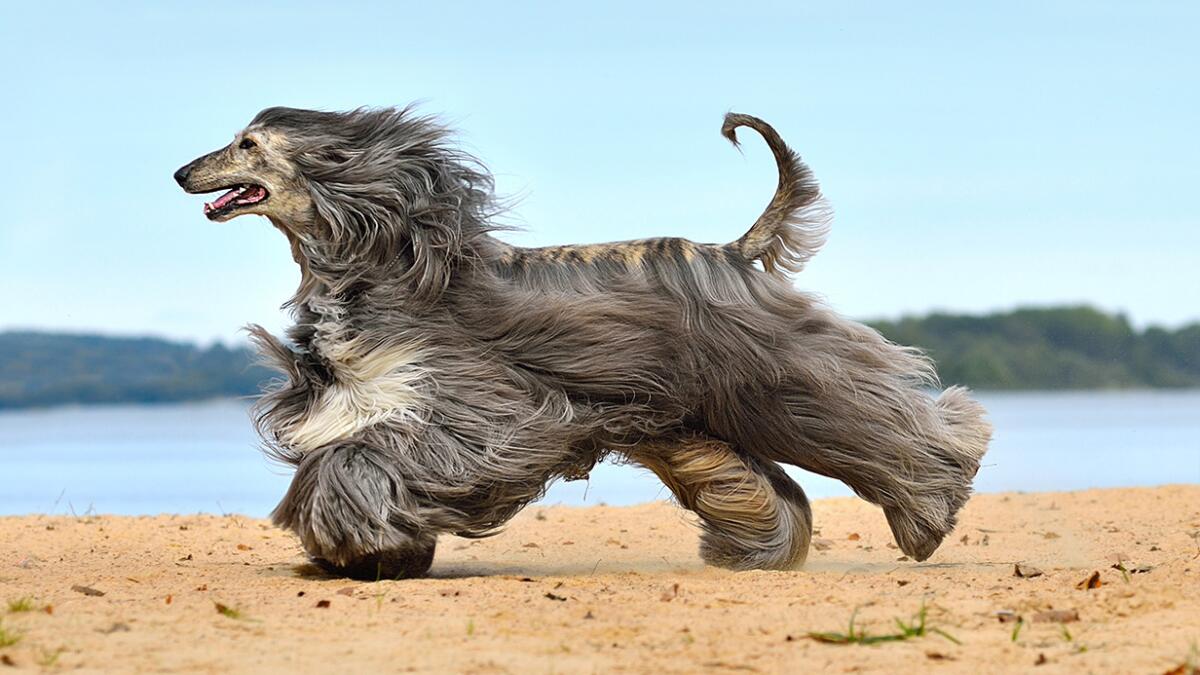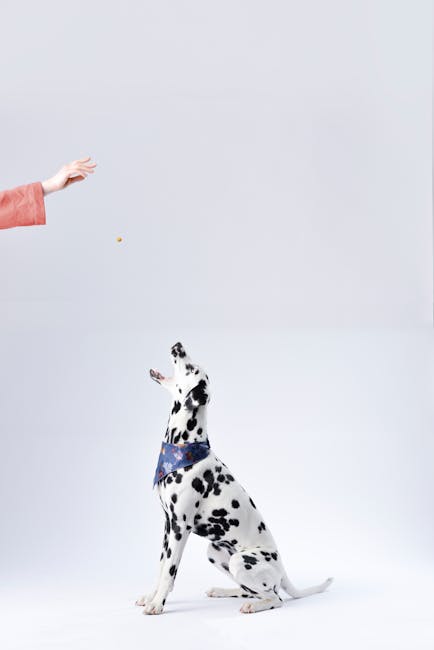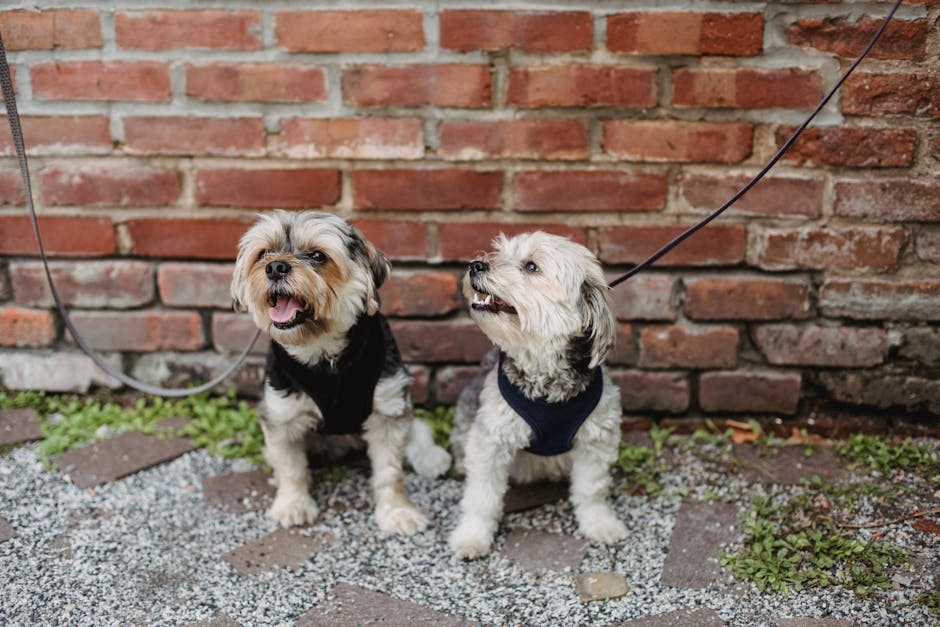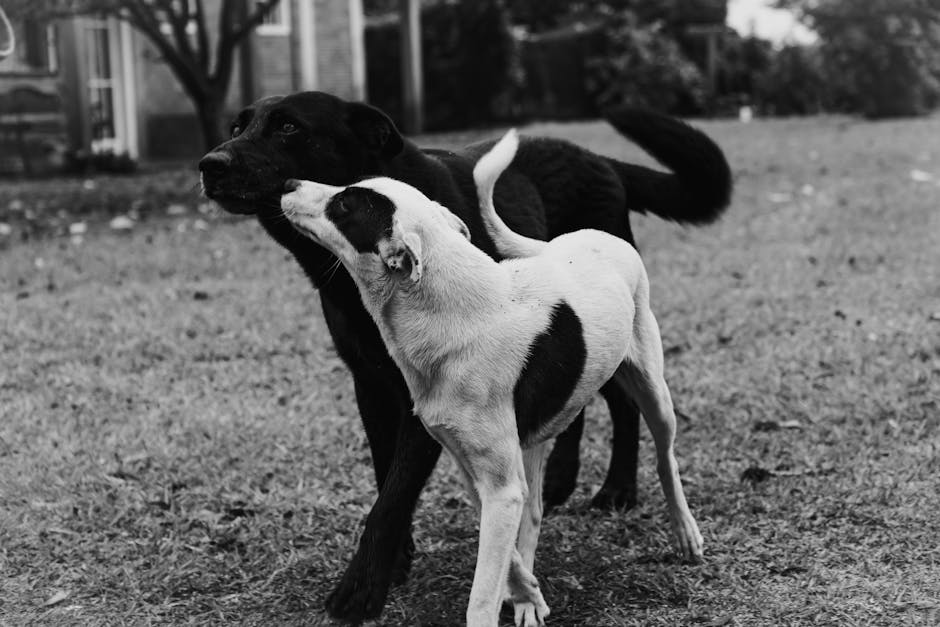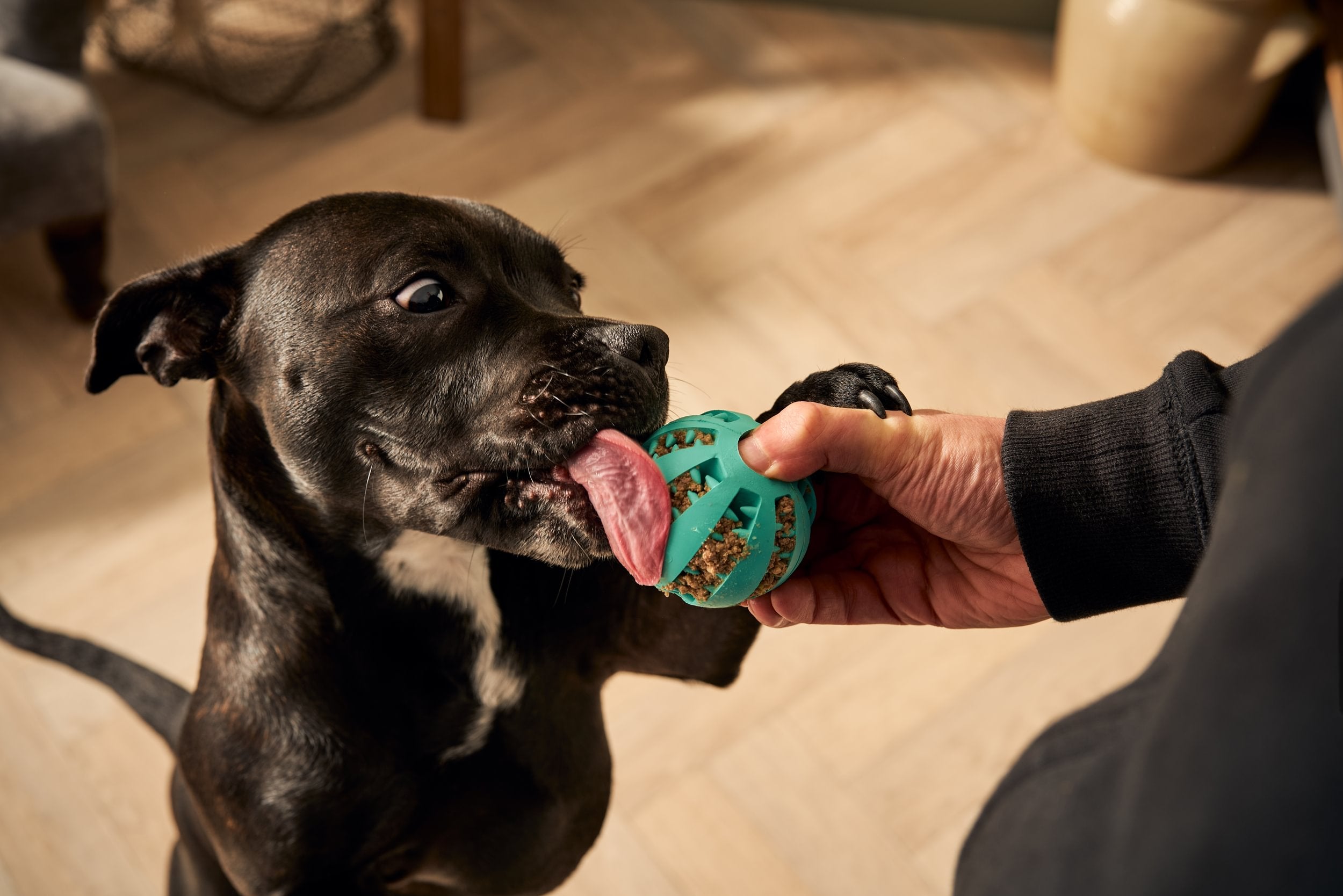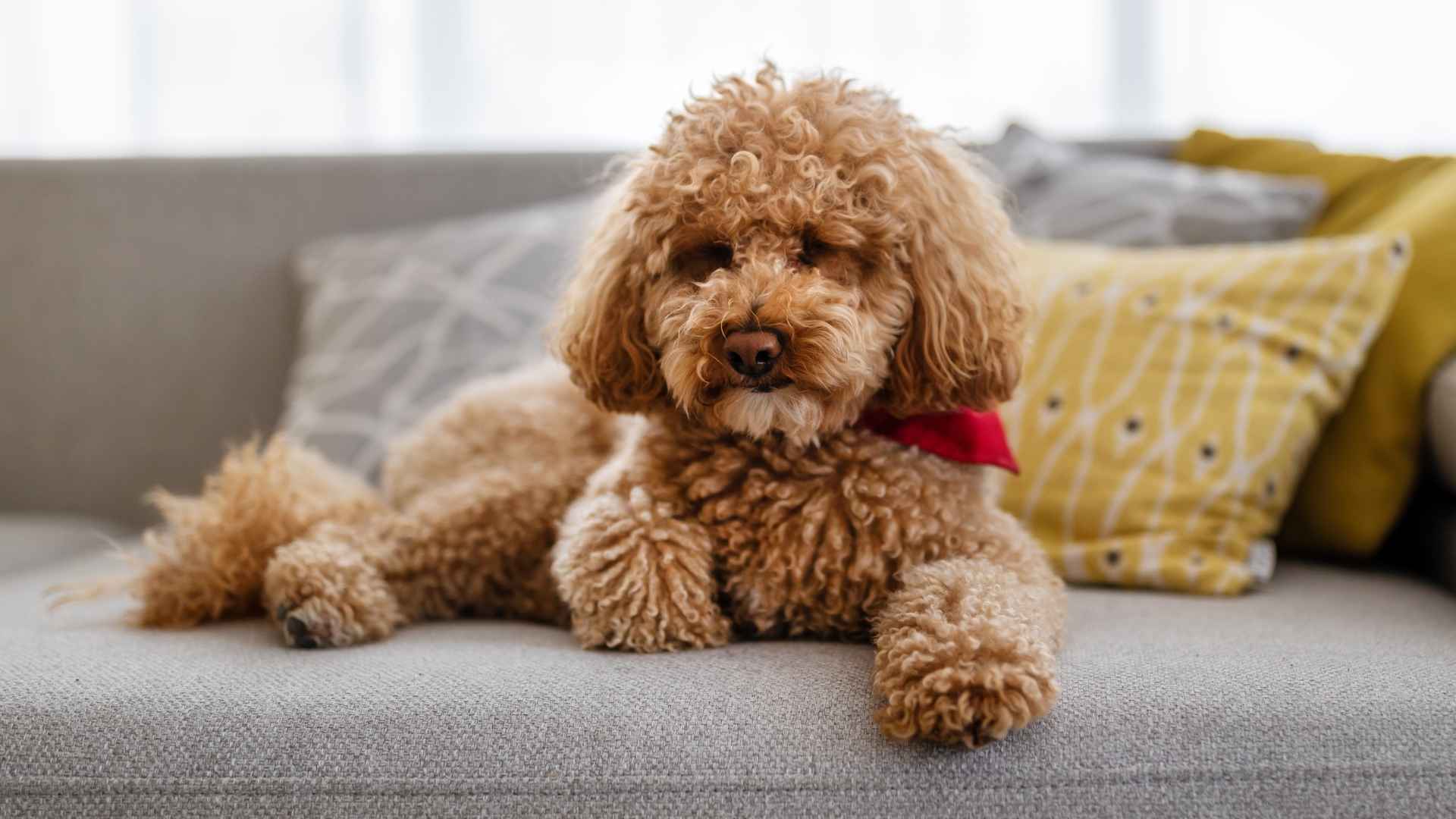Are you worried about allergies but still want to bring a furry friend into your home? Finding a dog that won’t trigger your sneezes or itchy eyes can feel like a challenge.
You might think hypoallergenic dogs are the only option, but what if some breeds actually cause more allergic reactions than others? Understanding which dogs are least hypoallergenic can save you from discomfort and heartbreak. Keep reading to discover what makes certain dogs more likely to set off allergies—and how you can find the perfect match for your lifestyle and health.
Common Myths About Hypoallergenic Dogs
Many people want dogs that do not cause allergies. They often look for hypoallergenic dogs. But there are myths about these types of dogs.
We will explore some common ideas about hypoallergenic dogs. This will help you understand what is true and what is not.
Debunking Hypoallergenic Labels
Some dog breeds are called hypoallergenic. This means they should not cause allergies. But no dog is 100% hypoallergenic.
Labels can be misleading. A dog may shed less hair, but it can still cause allergies. People react to proteins from dogs, not just hair.
Allergies And Dog Hair
Many think dog hair causes allergies. Hair alone does not cause allergic reactions. It is the proteins on the hair and skin that do.
Dogs that shed less hair may spread fewer allergens. But even dogs with little hair can cause allergies. Hair is only part of the problem.
Role Of Dander And Saliva
Dander is tiny skin flakes that dogs shed. It carries proteins that cause allergies. Saliva also contains these proteins.
When dogs lick their fur, saliva dries and falls off as dander. This spreads allergens in the air. Dander and saliva are the main allergy triggers.
- Dander comes from dead skin cells.
- Saliva proteins stick to fur and skin.
- Both dander and saliva cause allergic reactions.
Traits Of Low-allergy Dog Breeds
Many people want dogs that cause fewer allergy problems. Some dog breeds have traits that help reduce allergens.
These traits include the type of coat, the dog’s size, and certain behaviors. Understanding these can help pick a less allergenic dog.
Coat Types That Reduce Allergens
Dogs with certain coat types shed less dander. Dander is a common allergen found on dogs.
Hair that grows slowly or curls can trap dander. This means less loose hair and fewer allergens in the air.
- Curly coats hold dander better than straight coats
- Single-layer coats shed less than double-layer coats
- Hair that grows continuously needs regular grooming
Size And Its Impact On Allergies
Smaller dogs often produce fewer allergens. They have less skin and hair, so less dander is released.
Big dogs can spread more allergens because of their larger body surface and hair volume.
- Small dogs release fewer allergens
- Large dogs may cause stronger allergy reactions
- Weight and height both affect allergen amount
Behavioral Factors Influencing Allergens
Dogs that lick or scratch more spread more allergens. These actions release dander into the air.
Calm dogs that groom less often cause fewer allergy problems. Regular cleaning also helps reduce allergens.
- Active dogs may spread more dander
- Frequent grooming lowers allergen levels
- Proper cleaning reduces allergens in the home
Top Candidates For Least Hypoallergenic Dogs
Not all dogs cause the same allergic reactions. Some dogs shed more dander and hair.
This increases allergies in sensitive people. Some breeds are known to be less hypoallergenic.
Breeds Often Mistaken As Hypoallergenic
Some breeds look hypoallergenic but are not. People often assume these dogs cause fewer allergies.
For example, the Labrador Retriever and Golden Retriever shed a lot. They release many allergens into the air.
- Labrador Retriever
- Golden Retriever
- American Bulldog
- Beagle
- Dalmatian
Surprising Allergic Reactions In Popular Breeds
Some popular dogs cause strong allergic reactions. Their coats may not shed much but still spread allergens.
For example, the French Bulldog and Pug have short hair but produce high allergen levels in their skin oils.
- French Bulldog
- Pug
- Boxer
- Chihuahua
Scientific Studies On Allergen Levels
Research shows allergens come from dog skin, saliva, and urine. Hair shedding is only part of the issue.
Some studies measure Can f 1 protein, a common dog allergen. Levels vary by breed, individual, and season.
| Breed | Can f 1 Level |
|---|---|
| Golden Retriever | High |
| Poodle | Low |
| French Bulldog | High |
| Bichon Frise | Low |
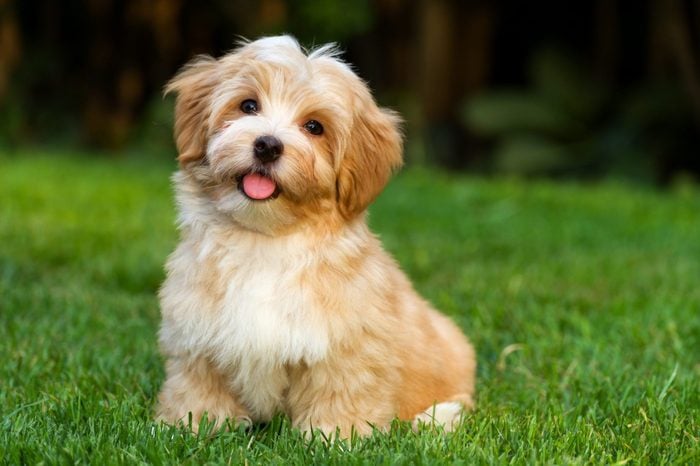
Credit: www.rd.com
Managing Allergies Around Dogs
Allergies to dogs can make living with them hard. Some dogs cause fewer allergy problems than others.
Knowing how to manage allergens helps you enjoy your dog without sneezing or itching.
Effective Cleaning Techniques
Cleaning your home often lowers dog allergens. Pet hair and dander settle on floors and furniture.
Use a vacuum with a HEPA filter to catch tiny particles. Wash dog bedding regularly to remove allergens.
- Vacuum carpets and rugs twice a week
- Mop hard floors to catch dust and dander
- Wash blankets and pillows weekly
- Clean furniture with a damp cloth
Grooming Practices To Lower Allergens
Regular grooming helps reduce dog allergens. Bathing your dog removes loose hair and dander.
Brush your dog often to catch hair before it falls off. Groom your dog outside to keep allergens out of your home.
- Bath your dog every two weeks with gentle shampoo
- Brush daily or several times a week
- Trim hair if your dog has long fur
- Clean dog ears to reduce odor and dander
Using Air Filters And Other Tools
Air filters help remove airborne allergens in your home. Choose filters with HEPA technology for best results.
Other tools like allergen-proof covers on furniture can stop dander buildup. Keep windows open for fresh air when possible.
- Use HEPA air purifiers in main rooms
- Cover pillows and sofas with allergen-proof covers
- Keep pet areas well ventilated
- Wash air filters regularly or replace as needed
Choosing The Right Dog For Allergy Sufferers
Many people love dogs but worry about allergies. Some dogs cause fewer allergy problems than others.
Choosing a dog that suits allergy sufferers can make life easier. It helps to know which dogs cause less reaction.
Testing Allergy Responses Before Adoption
Spending time with a dog before adoption helps check allergy responses. It gives a clear idea of any reaction.
Try petting the dog and sitting close for some time. Watch for sneezing, itching, or watery eyes.
- Visit the shelter or foster home multiple times
- Observe any allergy symptoms during each visit
- Ask about the dog’s grooming and shedding habits
Consulting With Allergy Specialists
Allergy specialists can provide advice on the best dog breeds for allergy sufferers. They can perform tests to identify triggers.
Doctors may suggest allergy shots or medicines to help manage symptoms. Professional advice can improve the adoption experience.
- Get skin or blood tests for pet allergens
- Discuss possible treatments with your doctor
- Ask about hypoallergenic dog breeds
Balancing Lifestyle And Dog Care Needs
Choose a dog that fits your daily routine and allergy needs. Some breeds need more grooming, which can affect allergies.
Consider the dog’s size, energy level, and shedding patterns. This balance helps keep allergies low and care manageable.
- Pick low-shedding or hairless breeds
- Plan regular cleaning and grooming
- Make space for the dog outside allergy-prone areas

Credit: www.nylabone.com
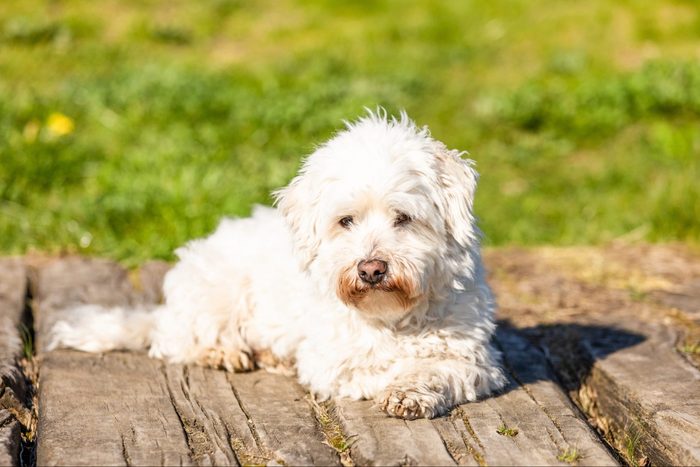
Credit: www.rd.com
Frequently Asked Questions
What Makes A Dog Hypoallergenic?
Hypoallergenic dogs produce fewer allergens, mainly due to less shedding and dander. They have coats that trap allergens, reducing their spread. This makes them a suitable option for allergy sufferers. However, no dog is completely hypoallergenic, so individual reactions may vary.
Are There Truly Hypoallergenic Dog Breeds?
No dog breed is completely hypoallergenic. Some breeds produce fewer allergens, making them better for allergy sufferers. Breeds like Poodles and Bichon Frises are popular choices. It’s essential to spend time with a dog before adoption to test your allergy response.
Which Dog Breeds Are Least Hypoallergenic?
Breeds like Saint Bernards and Bulldogs are less hypoallergenic due to their shedding and dander. These breeds may trigger allergies more frequently. If you have allergies, consider breeds known for producing fewer allergens, such as Poodles or Maltese.
How To Reduce Dog Allergens At Home?
Regular grooming and vacuuming help reduce allergens at home. Use HEPA filters to trap airborne particles. Wash your dog’s bedding frequently and limit their access to certain areas. Regularly bathing your dog can also minimize allergens on their coat.
Conclusion
Choosing a dog that suits allergy needs takes time and care. Some breeds shed less, making allergies easier to handle. No dog is 100% hypoallergenic, but some come close. Spending time with a dog before adopting helps. Clean homes and regular grooming reduce allergens too.
Finding the right dog means balancing love and health. Your perfect dog is out there, waiting to join your family.

